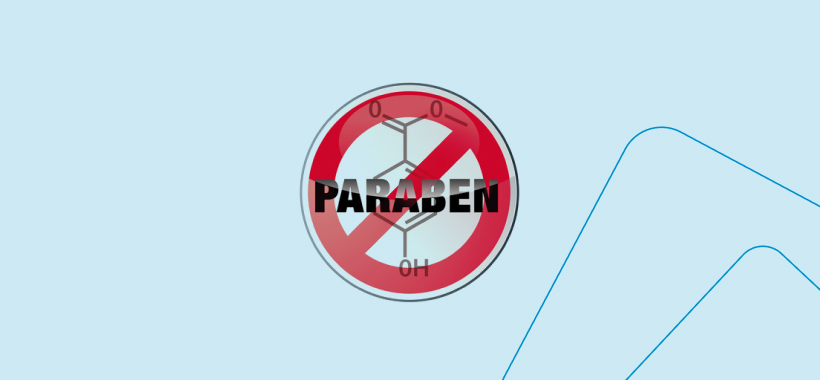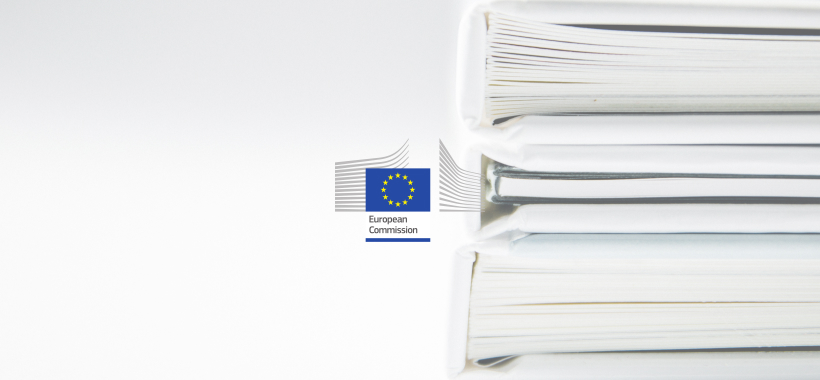Cosmetic product labels and 5 most common mistakes.
Correct cosmetic product labels are important part of ensuring compliance of cosmetic products with the EU cosmetics regulation 1223/2009. Mistakes on the labels, especially on products that come outside of the EU are common, and because labels are the first thing that consumers and inspectors come in contact with when seeing the product, it is important that they’re in compliance with the regulation.
Based on our experience as the EU cosmetics regulation consultants, the following are the 5 most common mistakes that we encounter when checking the labels:
- List of ingredients: list of ingredients is incorrect in a vast majority of cases. The composition of the formula itself may be written incorrectly, ingredients aren’t written according to their INCI names, the order of the ingredients isn’t correct etc. We wrote a separate article on this subject, you can check it out here.
- Claims: cosmetic product claims are regulated by a cosmetic claims regulation 655/2013 as well as the EU cosmetics regulation 1223/2009. There are various problems when it comes to making claims on the labels. The most common problem is that companies simply don’t have any proof for what they’re claiming on the labels. It’s very important that each claim that you’re making on the label, unless it’s a clear exaggeration or something that’s obvious, is proven. The second issue at claims is that the claims that companies are making are not in line with the cosmetic product definition in the EU. Often this means that they’re making medicinal claims on cosmetic product labels, which is not allowed.
- Lack of translations: what some non EU companies don’t realize is that EU is not a single country, and that there are various languages spoken in the EU countries. 24 different ones to be exact. This means that you can’t have the whole label only in English, unless you’re only selling in the UK and Ireland. Other countries have their own languages, and the regulation requires that at least the product function and precautions for use are translated into the official language(s) of the countries where the products are sold.
- Responsible person name and address: each product placed on the EU market needs to have an EU based responsible person appointed. The name and address of the responsible person have to appear on the labels. Companies sometimes forget to include this piece of information.
- Expiry date: there are 2 ways of writing the expiry date, and the companies often don’t do this correctly. If the shelf life of the product is less than 30 months, then the date of minimum durability should be written, or preferably the date of minimum durability symbol should be used. If you don’t use the symbol, then the text indicating the date of minimum durability also has to be translated. If the shelf life is more than 30 months, then the period after opening should be used.


